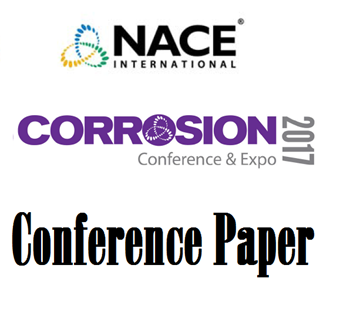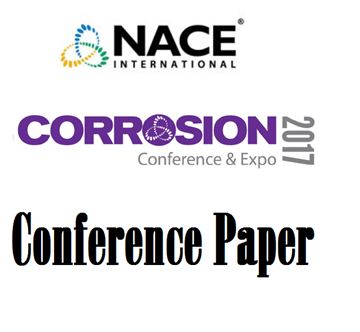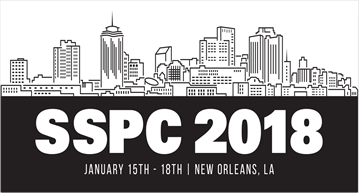Search
Individual Conference Papers
View as
Sort by
Display
per page
Develop Test and Validate a Corrosion Monitoring Cell to Quickly Evaluate Effectiveness of the Corrosion Control Measures
Product Number:
51319-12841-SG
Publication Date:
2019
$20.00
Developing a Life-Cycle Cost Analysis Framework to Evaluate the Cost-Effectiveness of Hydroelectric
Product Number:
51317--9099-SG
ISBN:
9099 2017 CP
Publication Date:
2017
$20.00
Developing a Wastewater Treatment Plant Coating Maintenance Program
Product Number:
41206-244-SG
Publication Date:
2006
$20.00
Developing Additively Manufactured Alloy UNS N07718 for Critical Oilfield Applications
Product Number:
51323-19220-SG
Publication Date:
2023
$20.00
Developing an Appropriate Heat Treatment Protocol for Additively Manufactured Alloy 718 for Oil and Gas Applications
Product Number:
51323-18793-SG
Publication Date:
2023
$20.00
Developing an Efffective Coating Specification
Product Number:
51216-017-SG
Publication Date:
2016
$20.00
Developing and Managing a Coatings & Linings Program in an Electric Utility
Product Number:
51317--8812-SG
ISBN:
8812 2017 CP
Publication Date:
2017
$20.00
Developing Vapor Phase Corrosion Inhibitors for Aluminum Alloys in Ethylene Glycol Coolant Solutions
Product Number:
51324-20382-SG
Publication Date:
2024
$40.00
Development of Self-healing Coatings by Linseed Oil Encapsulation
Product Number:
51218-169-SG
Publication Date:
2018
$20.00
Development And Application Of A Thermochemical Database (MSTDB-TC) To Modeling Corrosion In Molten Salt Reactors
Product Number:
ED22-17137-SG
Publication Date:
2022
$20.00
Development and Field Application of a New Bacteria Monitoring Technique
Product Number:
51319-13158-SG
Publication Date:
2019
$20.00
Development and Implementation of a Novel Method to Remove Inorganic Zinc Coating from Low Alloy Steel
Product Number:
41215-913-SG
Publication Date:
2015
$20.00












